Cities have long been known as hotspots for innovation. In the past, much of this could be attributed to cities being the centralised physical location of businesses, investors, consumers, markets, and places of learning, and as nodes for connecting with other people and cities around the world. Yet in the new era of global communication, including crowd-sourced funding, online learning, and virtual marketplaces, this dependence on physical proximity is decoupling. Even as our world’s human population becomes increasingly urbanised, our transport and communication infrastructure are simultaneously changing our physical dependence on a city location for an “urban” lifestyle. This leads to a shift in our understanding of what it means to be “urban”, with previous understandings of urban as a physically defined “urbanized” landscape becoming replaced with a much more nuanced “continuum of urbanity”.
If we are shifting our conceptual focus from urbanisation to urbanity, what does this mean for the way we design, plan, and manage our cities and other landscapes for people and biodiversity? We currently have a large and growing scientific and practical knowledge base regarding how to create sustainable, resilient, biophilic, and biodiverse cities. Are there opportunities to draw upon this knowledge to pre-empt the challenges of retrofitting solutions and reintroducing nature and wildlife (including plants) into landscapes dominated by people? Could we instead begin designing how people can be successfully integrated into landscapes that can remain dominated by nature and biodiversity?
In this essay, I will try to explore this question by bringing together two initially disparate, but fundamentally related, topics that I have been actively thinking about over the past few months. I’ll start by sharing my recent encounters with the “continuum of urbanity” , before moving on to the ecological adaptations of organisms to urban environments. I’ll finish by drawing these two ideas together and showing how they can be combined to improve outcomes for people and nature across the full spectrum of urbanity, both now and in the future.
The “Continuum of Urbanity”
I recently encountered this continuum of urbanity when I attended the 2014 URBIO conference in Incheon in the Republic of Korea. Incheon has a population of 2.8 million people, and can be considered a satellite city within the larger Seoul Capital Area of 25.6 million people. During my visit, I encountered many examples of the new “urbanity”, but I will share three of them here, as they have made the largest impression on me.
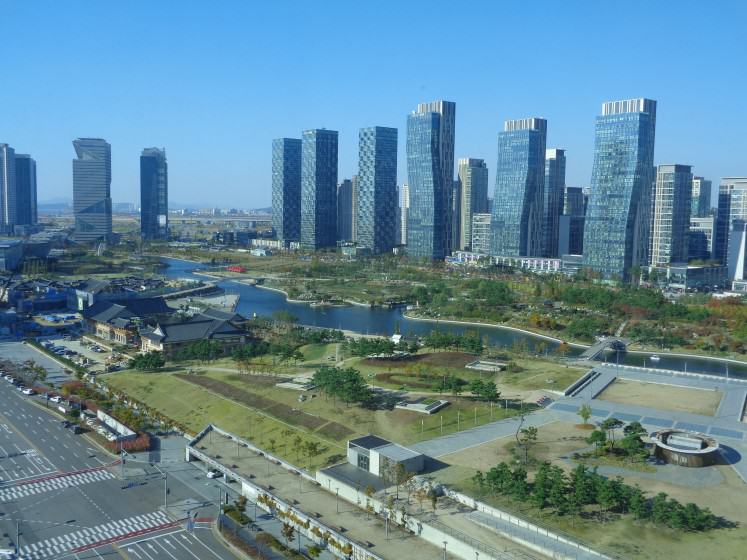
1. The hidden urbanity
From the street, the Songdo area within Incheon looks like typical new urban development with the usual configuration of buildings, parks, streets, and amenities. However, what isn’t apparent is the level of sophistication connecting the roads, properties, and residents with each other and the larger world. The advanced technology behind the centralised garbage disposal systems and road traffic control system, and the degree of virtual connectivity provided to the residents, were only revealed to me when a friend shared a link to a BBC series on Connected Cities, which featured the Songdo development. While these may seem like trivial differences, they are likely to have a profound effect on the social-ecological system through subtle changes in the behaviour of residents, and the implications for the environmental conditions associated with this urban landscape. How will personalised in-home conference facilities change the transportation patterns of residents and their preferred modes and locations for physical exercise? What will this mean for their relationship with nature and the external environment? What impact will the significant reduction in access to anthropogenic food resources redirected through centralised waste disposal systems have on the local wildlife populations? Can traffic flows be engineered to benefit wildlife as well as optimising travel times for people?
2. Rural features in urban landscapes
In contrast to the hidden shift to urbanity, I also encountered several examples of the inter-digitization of urban and rural developments. On one occasion, I chanced upon an example where a rural village had been encased within a larger neighbourhood of high-density urban development; the activities occurring in that landscape reflected an “urban” lifestyle, and the connection with the “rural” past was largely confined to the architecture of the buildings and laneways. On another occasion, I went for a walk through an area surrounded by urban development, yet the residents were still actively farming the land and living a much more “rural” lifestyle, whilst encased within the larger landscape of the city.
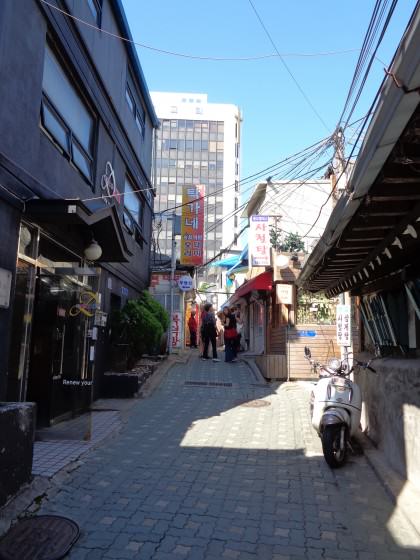
3. “Urbanitizing” non-urban landscapes
These encounters with the interdigitized “urbanity” have also prompted me to look for examples where the reverse may have happened. I didn’t have to look much further than my own backyard. A few months ago, my family and I relocated from Melbourne, a city of 4 million people, to a nearby regional centre of 100,000 people. My commute time to work is still roughly just over 1 hour, yet we have essentially joined millions of other people around the world who have made a tree change or sea change and “escaped to the country”. The very same transport and communication technologies that are making our cities more sophisticated are also enabling people to live an “urban” lifestyle in areas that have previously been considered “non-urban”. While this may have some positive benefits for biodiversity, such as the large-scale, spontaneous regeneration of tree cover in central Victoria that has accompanied the shift from commercial farming to hobby farming practices, there are also likely to be many distinctly “urban” impacts. For example, what impact does this low-density development and the associated increases in artificial night lighting infrastructure have on local plant and animal communities? How do human activities in these landscapes change the soundscape? What happens when areas that were traditionally used as “weekend escapes” become permanent residences?
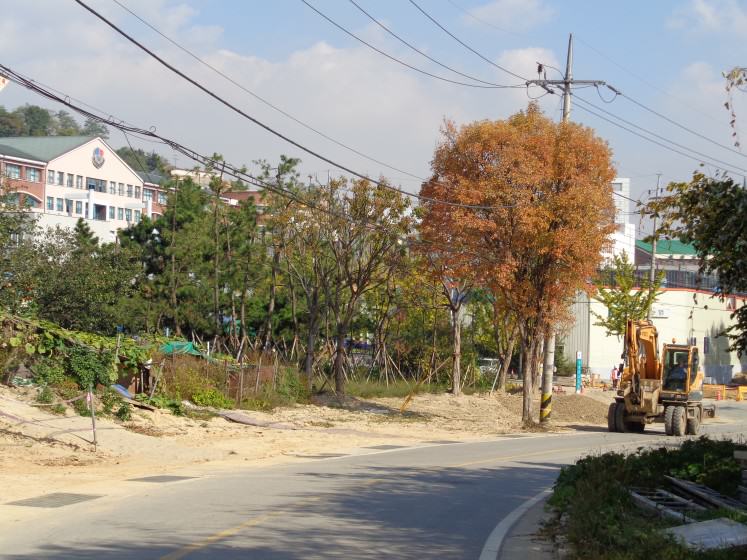
Ecological adaptations in urban environments
I would like to shift focus now to discuss the second topic which has also been occupying my thoughts over the past year. These topics are actually intricately interrelated, and both are fundamental to addressing the question that I have used to frame the title of this essay.
Over the past decade, thousands of urban ecology studies have been published that investigate how biodiversity has been affected by urbanisation. However, many of these studies have largely been focussing on questions related to patterns: the Who?, What?, Where? questions. These pattern questions can be considered as “low-hanging fruit”—they are often the focus in relatively young fields, as they act as important precursors to finding suitable scenarios where we can address more detailed questions related to processes: the Which?, How?, and Why? questions. However, with the explosion of energy and investment that is now going into urban ecology research around the world, it is time to move beyond the low-hanging fruit and really begin to understand why it is that some species of plant and animals persist in urban areas, whilst others disappear. Which features of urban landscapes tip the balance in favour of biodiversity losses or gains? Why do some organisms remain in urban areas and others disappear? How do species adapt to the new urban environmental conditions, and are there potential costs associated with their persistence?
Over the past year, I have been working with colleagues on a couple of different projects that are addressing these Which?, How?, and Why? questions. I would like to share a little bit of that experience now, as I think that both science and practice have much to gain from an increased understanding of these processes. Additionally, as a second emerging area of research interest and conceptual development, I think it is important to start making the links between process questions and urbanity very early on, so that they can grow and inform each other.
Which features of urban environments?
Understanding which features of urban landscapes are affecting urban biodiversity is one key building block for designing and creating urban areas that can support people and biodiversity. The active interplay between science and design has been critical for pushing urban ecology research in this direction over the past few years, and many useful insights are beginning to emerge. For example, there is now strong evidence supporting the importance of retaining large old trees in urban landscapes and recommendations for how we can create succession plans to retaining this resource into the future. There is also emerging evidence of the importance of the spatial configuration of greenspace, and the role of complex vertical and horizontal vegetation structure in providing habitat for a wider range of species. As there are already strong advancements being made in this area, I will keep this section relatively brief. These questions will continue to be important, although we may frameask them slightly differently when addressing them under the framework of urbanity. The outcomes from this reframed research will be critical when we begin looking at how to design “urbanitizing” landscapes to incorporate people without negatively impacting the existing biodiversity.
Why is it that some organisms persist and others disappear?
As we find with any system, if you tinker with one component, there are repercussions for another component. Understanding Which features of urban landscapes impact on biodiversity, depends upon Why individual organisms are affected by them. Consequently, there has been an increase in the number of studies that are looking for common characteristics of species that may help explain Why specific organisms experience urbanisation in a particular way. Guilds and functional traits have been one common approach to addressing this question. This approach groups species that share specific characteristics (such as insectivorous birds, predatory insects, short plants with small seeds, etc.), where a strong response within a guild or functional group may reveal an insight into Why that particular urban feature is so important. These types of research questions are also gaining prominence within urban ecology, and revealing important insights around how we can better design cities for biodiversity. The shift towards addressing the Why questions under a framework of urbanity will also enhance our understanding of how we can better design “urbanitizing” landscapes for people and biodiversity.
How do organisms adapt and evolve in response to urban environmental conditions?
We have now reached the question that has been most intriguing me over the past twelve months. The emerging information from the Which? And Why? questions can only be fully understood if we begin to investigate How organisms are able to persist in and respond to the altered environmental conditions that they find themselves in. Are there inherent advantages within certain guild or functional traits that mean a species is pre-adapted to life in urban environments? Or are there ways an organism can adjust their behaviour or physiology that allow them to adapt to the new environmental conditions? Are the adjustments made through some level of phenotypic plasticity, or are there associated changes in genetics that would indicate micro-evolution? Do the adjustments of one feature have consequences for another feature? Overall, are the adjustments advantageous and thus , or are they simply a consequence of random chance?
While many of these questions may seem to belong within the white walls of the ivory tower, I believe that they have just as much potential to shape and inform our actions around the creation and enhancement of landscapes for people and nature as the Which? and Why? questions. In fact, these How? questions may even be more critical as they will equip us with an understanding of how our ecological systems may change in the future under the pressures associated with global climate change and the shift towards urbanity. By understanding the behavioural and physiological responses that confer adaptation and persistence, we can also begin to identify where the limits to adaptation may occur, and therefore the thresholds where our systems may shift from one local state into another state entirely. Therefore, we cannot truly incorporate ecological resilience or evaluate the effectiveness of our actions until we have harvested these high-hanging fruit. The extent and interconnectivity of urbanity only adds to the importance of this task.
In the future, will we build cities for wildlife and design the countryside for people?
And so we return to my original question. It seems to me that much of the current discussion around biophilic and biodiverse cities is often focussed on the features that are lacking in urban environments, which help to explain why we are left with the species that currently persist. While this is a very general statement and there will obviously be exceptions, in most cases the actions we are taking to create and design biodiverse cities involve retrofitting and post-development innovations. This investment in creating cities where humans and biodiversity can co-habit remains critical for all of the reasons that have led to this movement beginning in the first place. However, with the reframing from urbanisation to urbanity, the physical location and spatial extent of the urban influence is going to change with subtle but significant cumulative impacts for biodiversity and ecosystems across the globe. By embracing the continuum of urbanity framework, we have a unique opportunity to begin identifying solutions for how urbanity can develop through a considered and deliberate effort to design people into these urbanitizing landscapes, while the biodiversity that already exists there retains the ability and opportunity to persist, adapt, and evolve.
We are only just beginning to understand how our urban biodiversity has successfully transitioned into urbanising landscapes; it is now our turn to explore how people might innovate and adapt to urbanitizing landscapes. I, for one, look forward to the challenge!
Amy Hahs
Melbourne

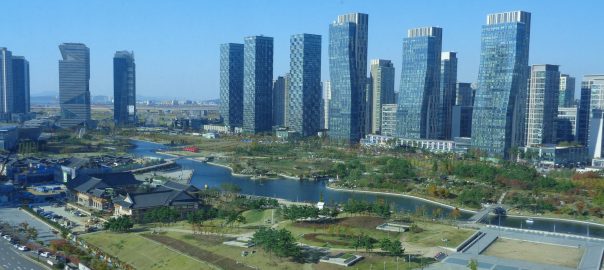






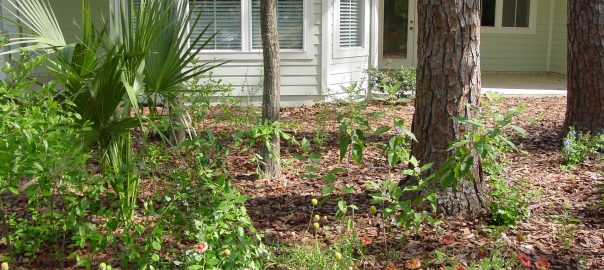
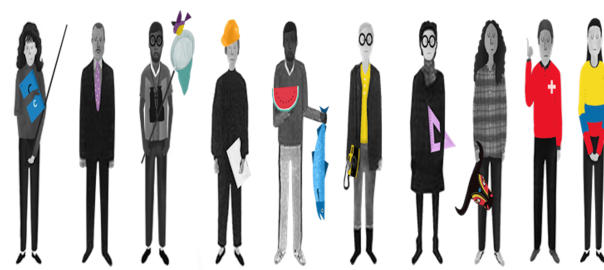
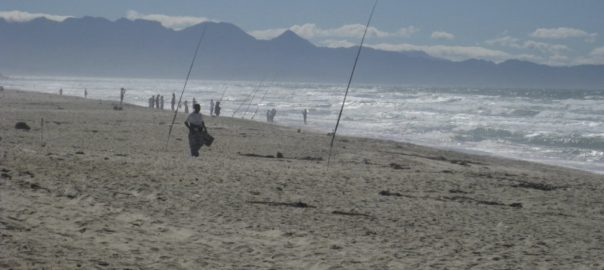
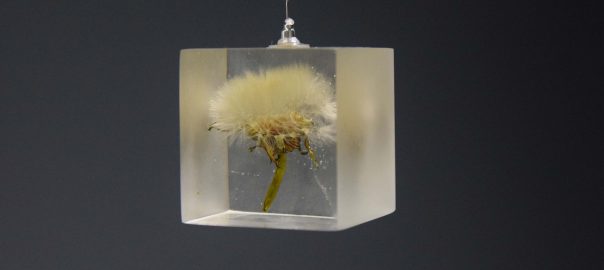
Hi Mark! Lovely to hear from you.
There is some good material to be found in a few recently published books. A few (not comprehensive) suggestions:
Karl Evans has packed heaps of information on the effects of urbanisation on individual species into his chapter in “Urban Ecology” (ed. K. Gaston; Cambridge University Press; 2010; pp. 53-87).
There are two chapters (possibly more) in “Urban Ecology: Patterns, Processes and Applications” (eds. J. Niemelӓ et al.; Oxford University Press; 2011) which contain information on commonly observed traits of amphibians and reptiles (Grant et al.; pp. 167-78) and arthropods (Kotze et al.; pp. 159-66).
Kirsten Jung & Caragh Threlfall have a chapter on bats in urban environments in the upcoming book “Bats in the Anthropocene: Conservation of Bats in a Changing World” (eds. C. Voigt & T. Kingston, Springer; in press – expected late 2015).
There are also excellent reviews in “Avian Urban Ecology: Behavioural and Physiological Adaptations” (eds. D. Gil & H. Brumm; Oxford University Press; 2014) if you are interested in traits related to physiology, behaviour or communication.
I hope this helps. Good luck with the International Urban Wildlife Conference in Chicago next week! cheers, Amy
Hello Amy! How are things? Has been a while since Seoul. Just curious – do you know of recent papers that have determined common characteristics of species that persist in urban areas, beyond generalists vs specialists? Cheers Mark